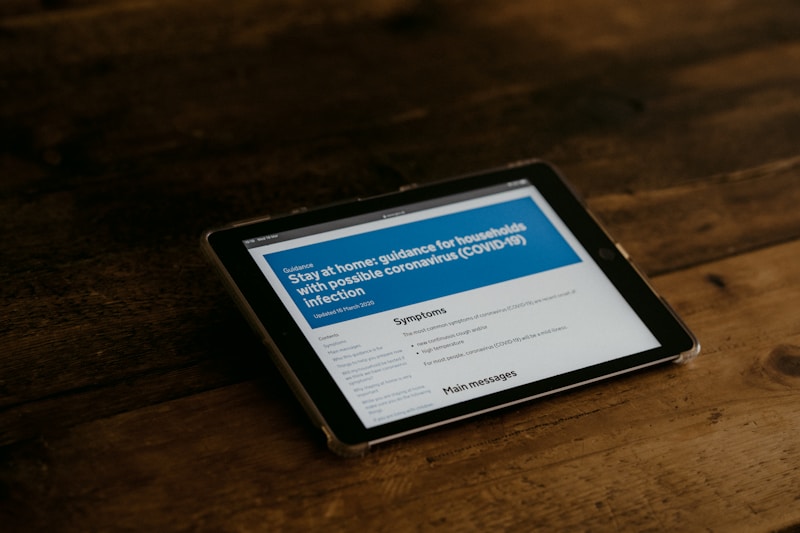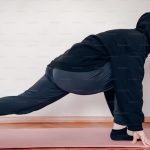I always think that the thoracic spine is the ‘Cinderella’ area of the back. It is integral to many yoga poses but we rarely pay much attention to it. Until things go wrong that is! Maybe it is time to give your thoracic spine a little love to keep it sweet for the future.
Anatomy
The thoracic spine is made up of twelve vertebrae found in the area from just above your waist to the base of your neck. These vertebrae are arranged into a backward curve (kyphosis) and, with the forward curves (lordosis) of the neck and lower back, give the characteristic S-shape of a healthy spine when viewed from the side.
The thoracic spine is mobile into rotation and flexion but limited into side flexion (side bends) by the ribs that join on to the thoracic vertebrae. It is also limited into extension (back bending) by the shape of the thoracic vertebrae which are pointy at the back. These points, called spinous processes, are also longish and slope downwards so that when we backbend they butt up to one another and limit movement. You can see this beautifully in bhujańgāsana (cobra) where the lower back and neck have far more curve than the thoracic area even in the most bendy yogis.
Common Problems
As a physio I see far fewer problems with the thoracic spine than the neck or low back. This is thought to be because of the limits that the ribs and spinous processes impose on the thoracic spine as it moves. There are a few diseases that affect this area of the spine and they are mercifully uncommon. Most of the problems come from the thoracic spines ability to flex freely combined with modern lifestyle. Here’s how:
As we know, the thoracic spine is naturally arranged with a kyphosis (that backward curve). Think about the postures we spend so much of our day in – sitting, slouching, leaning over sinks and ironing boards, driving. All of these postures take our thoracic spine into flexion and increase the kyphosis. This is no problem if we spend just as much time in the opposite posture – extension. But life isn’t like that, is it?
What actually happens is that we spend most of our time flexed and the soft tissues around the back of the vertebrae get stretched. When they stretch, they complain and we feel pain or discomfort. Often that reminds us to move. And the body instinctively knows to go the opposite way. We extend, this removes the stretch and the pain goes away. Result! That is great until we spend too long in that posture again and the cycle starts over again.
If we ignore those messages to extend and spend more and more time in flexion things become even worse. We get stuck in flexion. We lose the ability to extend out of that position. We lose the ability to ease our own discomfort and things can get really uncomfortable. Usually, by this time someone will have developed a stooped, round-shouldered posture with their chin poking forwards. Sometimes called a dowager’s hump.
Yoga – the Prevention and Cure
The really good news is that, as yogi’s, we have the skills to prevent this happening or reverse the process if it has started. Yes, even if you have a big stoop – yoga can help. And it is never too late – there are lots of stories of octogenarians starting yoga and unraveling their spines, standing up straighter and feeling so much better for it!
So you want to go from stoop to statuesque? Roll out that mat and āsana that slouch away.
Backbends, Backbends and More Backbends
Backbends are the perfect antidote to modern life. Done well, they will maintain or regain that thoracic extension range of movement and allow beautiful, upright posture. But if we aren’t careful, the body will take the path of least resistance and simply extend where it is easiest i.e., in the low back and neck. If you can maintain a smooth curve in these areas when you backbend then you have no problem. If you can see a sharp angle or ‘hinge’ across the spine in a backbend – that is when the body is compensating by using this naturally flexible area rather than extending where it is hard work.
Being mindful of this potential for compensation and taking a few simple steps before a backbend will steer you safely around the problem. Try these in bhujańgāsana (cobra), salamba bhujańgāsana (sphinx) and ustrāsana (camel)
- Engage abs – gently keep lower ribs drawn down towards the pelvis throughout all backbends will help to control a lumber compensation and make the backbend more comfortable too.
- Keep control of head –Though it is tempting to lift the chin and let the head drop back in backbends, this risks a compensatory hinge in the neck which could cause injury if done too often. It is safer to keep the back of the neck long and the chin tucked gently towards the chest rather than letting go.
- Length through the whole spine –at all times in backbends, keep growing through the crown of the head to make the spine as long as you can.
Delicious Twists
Opening the front of the chest and shoulders is vital to regaining thoracic mobility and better posture. And yoga is full of lovely twists that open the chest and shoulders. These are a few of my favourites:
- Supine knee rolls – taking the arms out to shoulder height before starting to move the knees brings a satisfying stretch into the front of the chest and shoulders with each roll. Try tucking the knees up on to the chest and rolling them with the feet free of the floor to bring the rotation more into the thoracic spine and less in the hips.
- Trikonāsana –in triangle, focus on spinning the chest up to the ceiling and drawing the upper shoulder back to open the chest.
- Twisted lunge –ground through the hand on the floor and stretch the top hand skywards to open the chest. At the same time, ease the hip of the straight leg back a little to lengthen the diagonal from that hip to the raised shoulder across the front of the body. Try this with the back knee down too – as a sort of twisted half crescent pose.
- Parivitta trikonāsana – Revolved triangle is a lovely twist that opens the chest. It is pretty challenging though and may need working towards over a few months.
Sun Salutes are the Solution
Simple sun salutes are another great way of encouraging the body into thoracic extension that is suitable for all abilities and levels of expertise. Try modifying them to suit what you want to achieve.
- Mindful thoracic extension – focus on this area as you move through the sequences to get the most from this area of the spine.
- Knees down –dropping the knees to the floor reduces the load on the shoulders and may allow you to open the chest more as you lower through the modified chaturanga transition.
- Low cobra or sphinx – these versions of bhujańgāsana (cobra) place more focus on thoracic extension and reduce the possibility of compensation through the low back.
- Extended child pose –sinking the bottom to the heels with arms outstretched in this version of (bālāsana) gives a lovely shoulder stretch and eases the thoracic spine gently into extension with no chance of compensation from the low back which is flexed.
- Remember the abs –I’m repeating myself here but keeping those ribs under control in backbends is SO important.
Now you know how to prevent thoracic spine problems and how to deal with them if you are already getting a slouch. Regular attention here will reap rewards and it is so easy to do. Give it a try and see how long it is before you are complimented on your lovely posture. Just another benefit of a happy, healthy thoracic spine.













